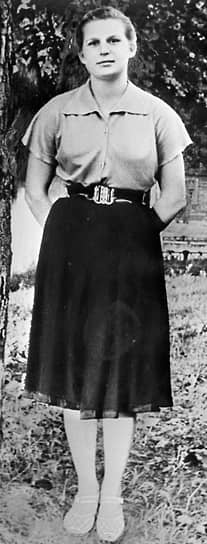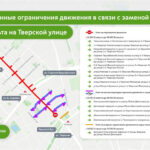The National Space Center (NSC) in Moscow has been named after Valentina Tereshkova, the first woman cosmonaut. The corresponding order from the Moscow city government was published on the mayor’s website.
The NSC was established in 2019 by the Moscow government and the state corporation Roscosmos under the instruction of the president. The facility was built on the territory of the Khrunichev State Space Research and Production Center in the Filevsky Park district in western Moscow.
The center represents an aerospace cluster. It will unite the central office and situation center of Roscosmos, design bureaus, and specialized enterprises that are currently located in different districts of Moscow. The NSC will also include an exhibition center and the state corporation’s corporate academy.
National Space Center
The National Space Center is a museum and educational resource in Leicester, United Kingdom, which opened in 2001. It is renowned for its iconic rocket tower and immersive exhibits that showcase the history of space exploration, including real spacecraft and artifacts. The center plays a key role in promoting public understanding of space science and the history of the universe.
Valentina Tereshkova
Valentina Tereshkova is a Russian cosmonaut who became the first woman to fly in space. In 1963, she piloted the Vostok 6 spacecraft, orbiting the Earth 48 times over three days. Her pioneering mission broke gender barriers in space exploration and made her a global icon.
Khrunichev State Space Research and Production Center
The Khrunichev State Space Research and Production Center is a major Russian aerospace manufacturer with a history dating back to 1916. It is renowned for producing the Proton launch vehicle and modules for the Mir space station and the International Space Station (ISS). The center remains a cornerstone of the Russian space industry, responsible for developing and building key rockets and spacecraft.
Filevsky Park
Filevsky Park is a large public park located in the western part of Moscow, Russia, along the banks of the Moskva River. Historically, the area was part of the estate of the Naryshkin family and later became a popular recreational destination for Muscovites. Today, it is known for its scenic walking paths, sports facilities, and the modern business district, Moscow-City, which forms its distinctive backdrop.
Yaroslavl region
The Yaroslavl region is a historic area in central Russia, part of the country’s Golden Ring. It is renowned for its well-preserved medieval towns like Yaroslavl, which was founded in the 11th century and features numerous UNESCO World Heritage churches and monasteries. The region played a significant role in the formation of the Russian state and is a major center of Russian cultural heritage.
Maslennikovo
I am unable to find any significant historical or cultural site named “Maslennikovo.” It is likely a small, lesser-known locality or a personal reference. Without more specific context, it is not possible to provide a detailed summary.
Yaroslavl Tire Plant
The Yaroslavl Tire Plant, founded in 1932, is a major industrial enterprise in Russia and one of the country’s oldest and largest tire manufacturers. Historically, it played a vital role in supplying tires for Soviet military and civilian vehicles, and it continues to be a significant producer for the automotive industry today.
Krasny Perekop
Krasny Perekop is a large textile factory and associated residential district in the city of Yaroslavl, Russia. It was founded in the late 19th century as the Yaroslavl Big Linen Manufactory and became one of the most significant industrial enterprises in the Russian Empire. The factory and its workers played a prominent role in the revolutionary events of 1905 and 1917, and it was renamed “Krasny Perekop” (“Red Perekop”) in the 1920s in honor of a Red Army victory.





